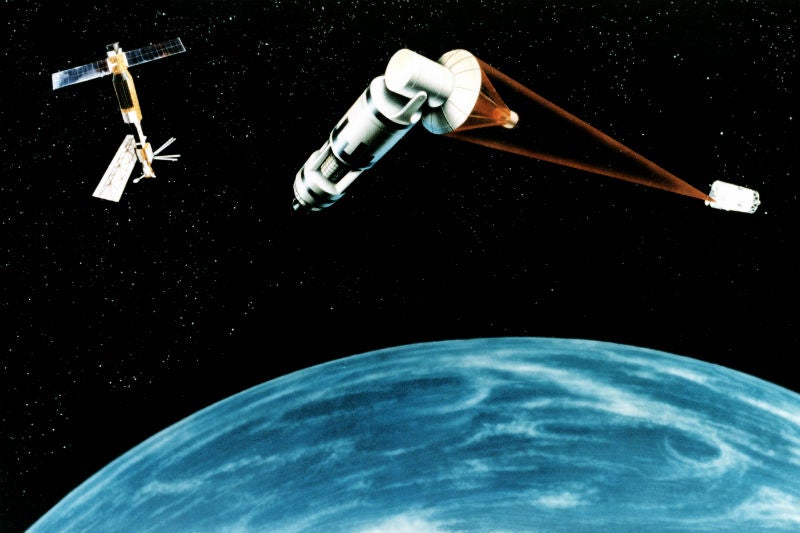
The US Defense Intelligence Agency (DIA) has released a new report highlighting the key security threats facing the US in space, including the fast-advancing capabilities of Russia and China.
The report focuses predominantly on China and Russia, noting the strategic intent of both nations in terms of their space and counterspace capabilities.
Speaking to press at the Pentagon yesterday, a DIA senior official said: “Both countries have developed robust and capable space services, and these capabilities provide their militaries with the ability to command and control their forces worldwide, and with enhanced situational awareness enabling them to monitor, track and target US and allied forces.
“Chinese and Russian doctrine indicate that they view space as important to modern warfare and view counterspace capabilities as a means to reduce US and allied effectiveness.”
China invests in space to deter US interference
According to the report, China has officially advocated for the non-weaponisation of space, pursuing agreements in the United Nations to restrict militarisation. At the same time, China pursued reforms to improve its counterspace weapons, along with electronic warfare capabilities, and intelligence, surveillance and reconnaissance (ISR) systems.
Commenting on the latter, the report said: “China employs a robust space-based ISR capability designed to enhance its worldwide situational awareness. Used for military and civil remote sensing and mapping, terrestrial and maritime surveillance, and military intelligence collection, China’s ISR satellites are capable of providing electro-optical and synthetic aperture radar (SAR) imagery, as well as electronic intelligence and signals intelligence data.”
How well do you really know your competitors?
Access the most comprehensive Company Profiles on the market, powered by GlobalData. Save hours of research. Gain competitive edge.

Thank you!
Your download email will arrive shortly
Not ready to buy yet? Download a free sample
We are confident about the unique quality of our Company Profiles. However, we want you to make the most beneficial decision for your business, so we offer a free sample that you can download by submitting the below form
By GlobalDataThe DIA report also mentions that China views space security as a way to deter the US from interfering in China’s military operations. For example, if the PLA can destroy or capture satellites and other sensory equipment, it would make it much harder for the US to use precision-guided weaponry.
Russia develops laser weapons against satellites
Like China, Russia has expressed concerns over the militarisation of space, and has pursued rigid space arms control agreements to curb US activity. The Russian Government has also invested in counterspace systems that would neutralise a potential US attack, and is developing an array of directed energy weapons to scramble or destroy enemy satellites.
The report said: “Russia likely is pursuing laser weapons to disrupt, degrade, or damage satellites and their sensors. Prior to July 2018, Russia began delivering a laser weapon system to the Aerospace Forces that likely is intended for an ASAT mission.
“In public statements, President Vladimir Putin called it a ‘new type of strategic weapon’, and the Russian Defence Ministry asserted that it is capable of ‘fighting satellites in orbit’. Russia is also developing an airborne ASAT laser weapon system to use against space-based missile defence sensors.”
There is a high chance that Russia is also “developing a ground-based, mobile missile system capable of destroying space targets in Low Earth Orbit and ballistic missiles” to further boost space security, according to the report.







